Indian Seafarers Freed After Months of Detention at Yemen’s Ras Isa Port
India says it has secured the release of more than 150 seafarers who were stranded at Yemen’s Ras Isa Port, according to the Directorate General of Shipping. All 11 vessels...
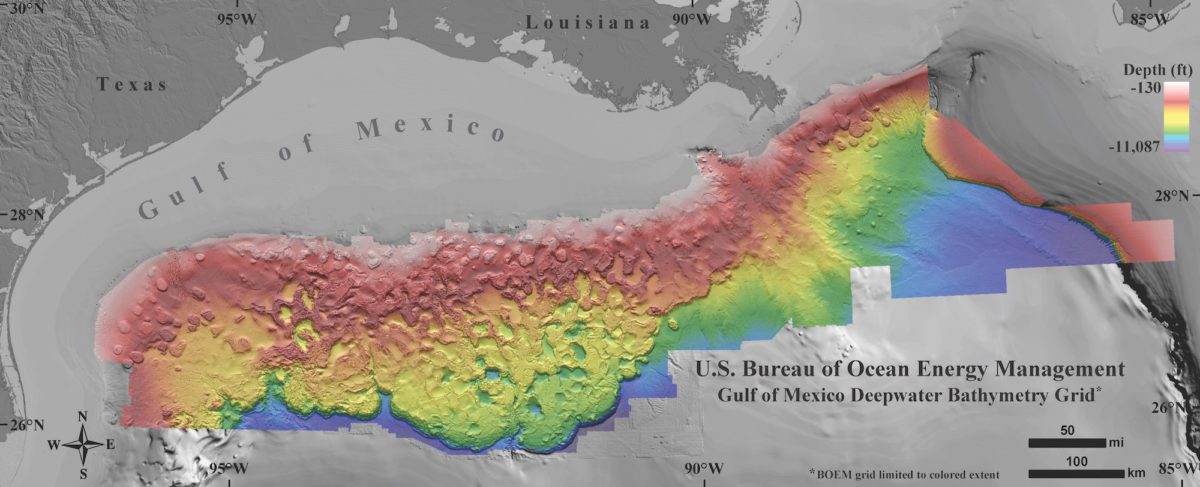
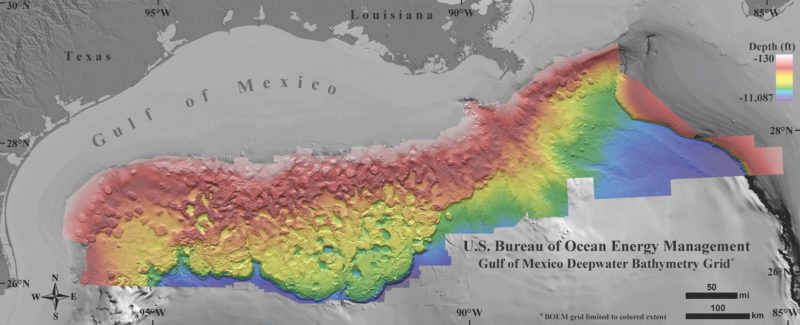
The Bureau of Ocean Energy Management has released a 1.4 billion pixel map of the deepwater Gulf of Mexico that is up to 50 times more detailed than any map that has been pubicly released of the area.
The new Northern Gulf of Mexico deepwater bathymetry grid was created using 3D seismic surveys covering an area of 90,000 square miles and defines the precise water depth of 1.4 billion individual 40-by-40 ft. cells ranging from 130 to 11,087 feet (–40 to –3,379 m) deep.
To create the grid, BOEM says it was interpreted using over one-hundred 3D seismic surveys that were then mosaicked together into one incredibly-detailed downloadable map. “The grid provides enhanced resolution compared to existing public bathymetry maps over the region, delivering 10 to 50 times increased horizontal resolution of the salt mini-basin province, abyssal plain, Mississippi Fan, and the Florida Shelf/Escarpment,” BOEM says.
Not only does the map offer an enhanced visualization of the deepwater Gulf of Mexico as a whole, but also interesting seafloor features and geomorphological processes, like these ones noted below:
The full map(s) can be downloaded HERE.
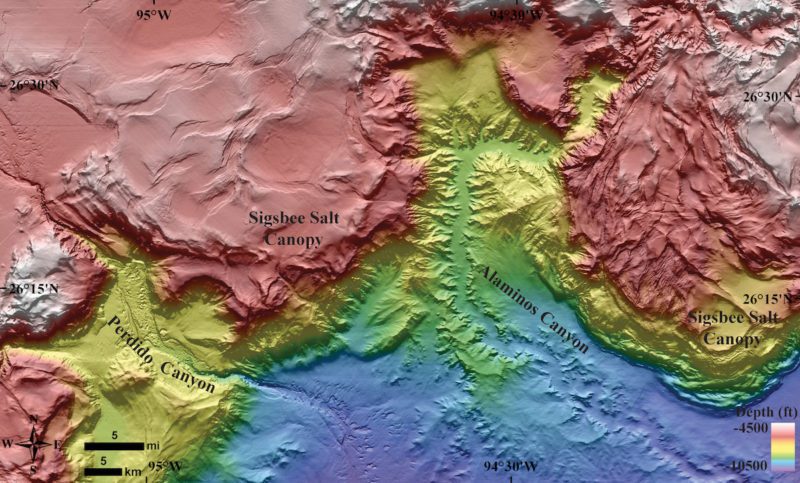
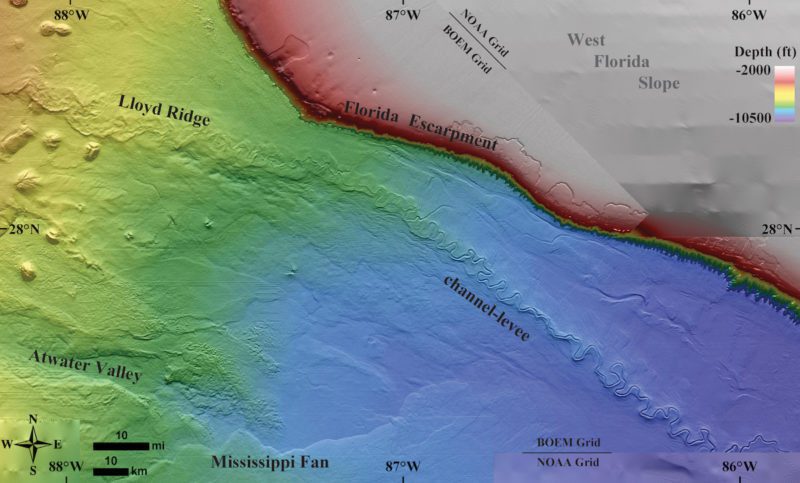
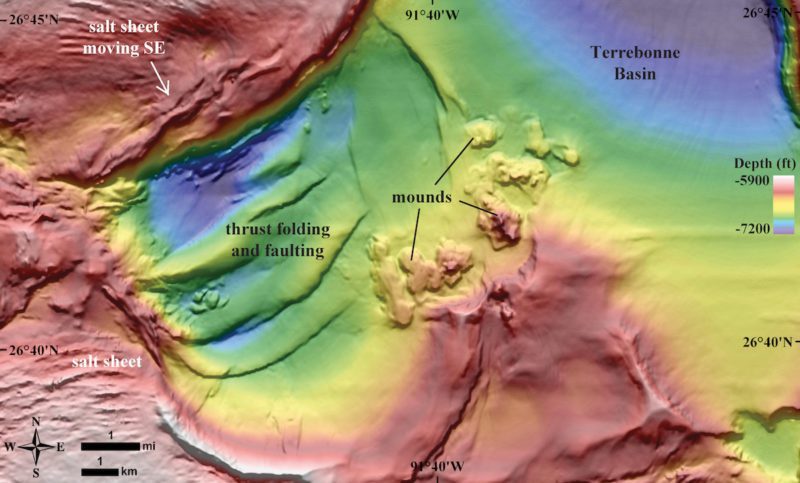

All images courtesy BOEM.

Sign up for gCaptain’s newsletter and never miss an update

Subscribe to gCaptain Daily and stay informed with the latest global maritime and offshore news


Stay informed with the latest maritime and offshore news, delivered daily straight to your inbox
Essential news coupled with the finest maritime content sourced from across the globe.
Sign Up